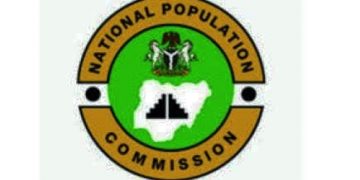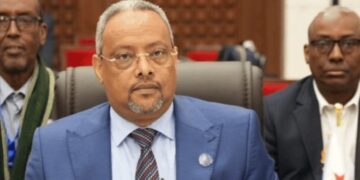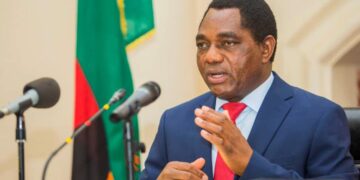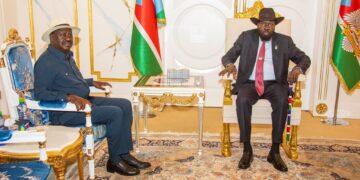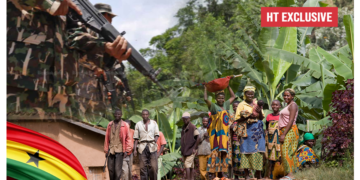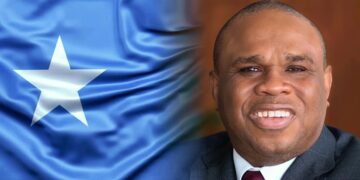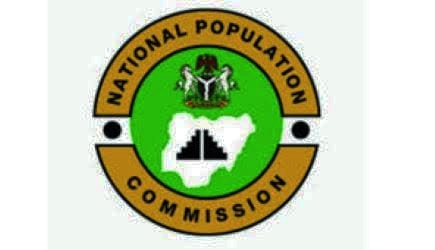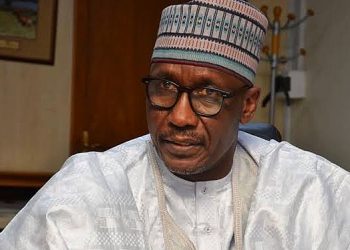By John Ikani
The Federal Government, through the National Population Commission (NPC) has commenced processes towards digitalization and automation of the Civil Registration and Vital Statistics (CRVS).
It has also disclosed plans to increase registration centres across the 774 Local Government Areas (LGAs) to about 11,600.
These were revealed by the Chairman of the National Population Commission, Nasir Isa Kwarra in Abuja, at a strategic partners’ meeting to co-create a digital civil registration and vital statistics roadmap.
According to him, a fully functional automated CRVS system became imperative so as to breach the existing gaps in the system.
While noting that a fully functional automated CRVS system became necessary in order to breach the existing gaps in the system, Mr Kwarra added that by going digital, data end-users would have access to real-time data and also help in meeting up with international best practices.
The Chairman said the meeting was strategic as it would provide an opportunity to draw a road map that will guide the development and implementation of a work plan that enhances CRVS coverage in Nigeria.
Mr Kwarra however, noted that before the new innovation, the commission with support from UNICEF had introduced the Raapid-SMS, a real-time monitoring tool that enabled LGAs, States and FG to access data generated from generation.
“However, the innovation is a summary of information and not a replacement to paper forms. Another innovation towards digitization of CRVS in Nigeria was the scanning of live birth/death registration forms using ICR scans News which converts analogue data to digital data that can be stored and analysed in electronic form,” he said.
He further disclosed that the commission drew up a five-year National Strategic Action Plan on CRVS 2018-2022, which identified feasible and measurable interventions aimed at repositioning the system in Nigeria by 2022.
On increasing registration centres, he said the commission currently has five centres in each LGAs adding that it is working to establish 10 additional ones in each LGAs to bring up the number to 15.
“Surely, the registration coverage remains s very low with only 43 per cent of the estimated 5million children born annually in Nigeria registered at birth and more than 10 per cent of deaths registered,” he noted.
